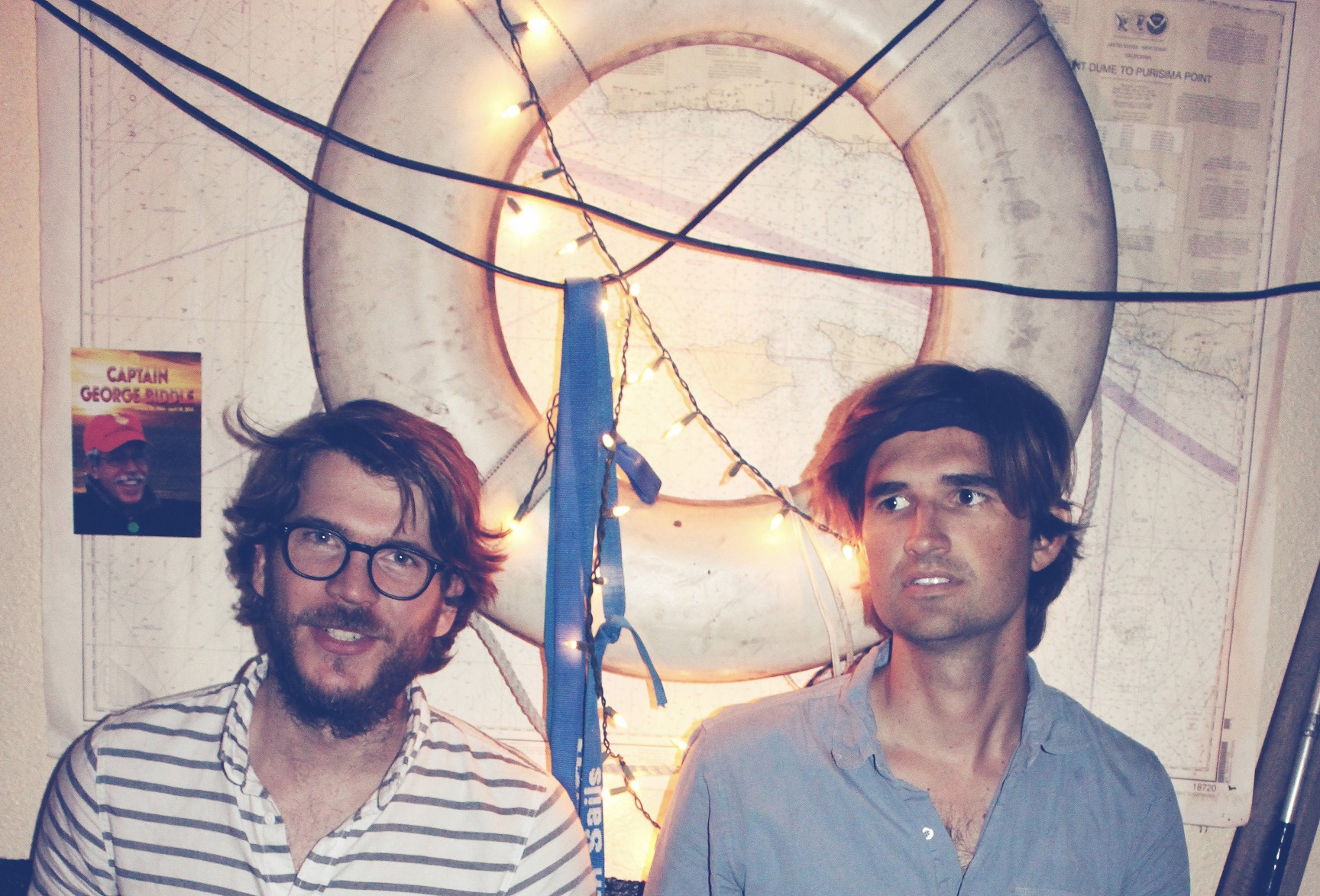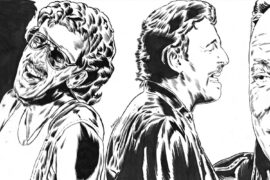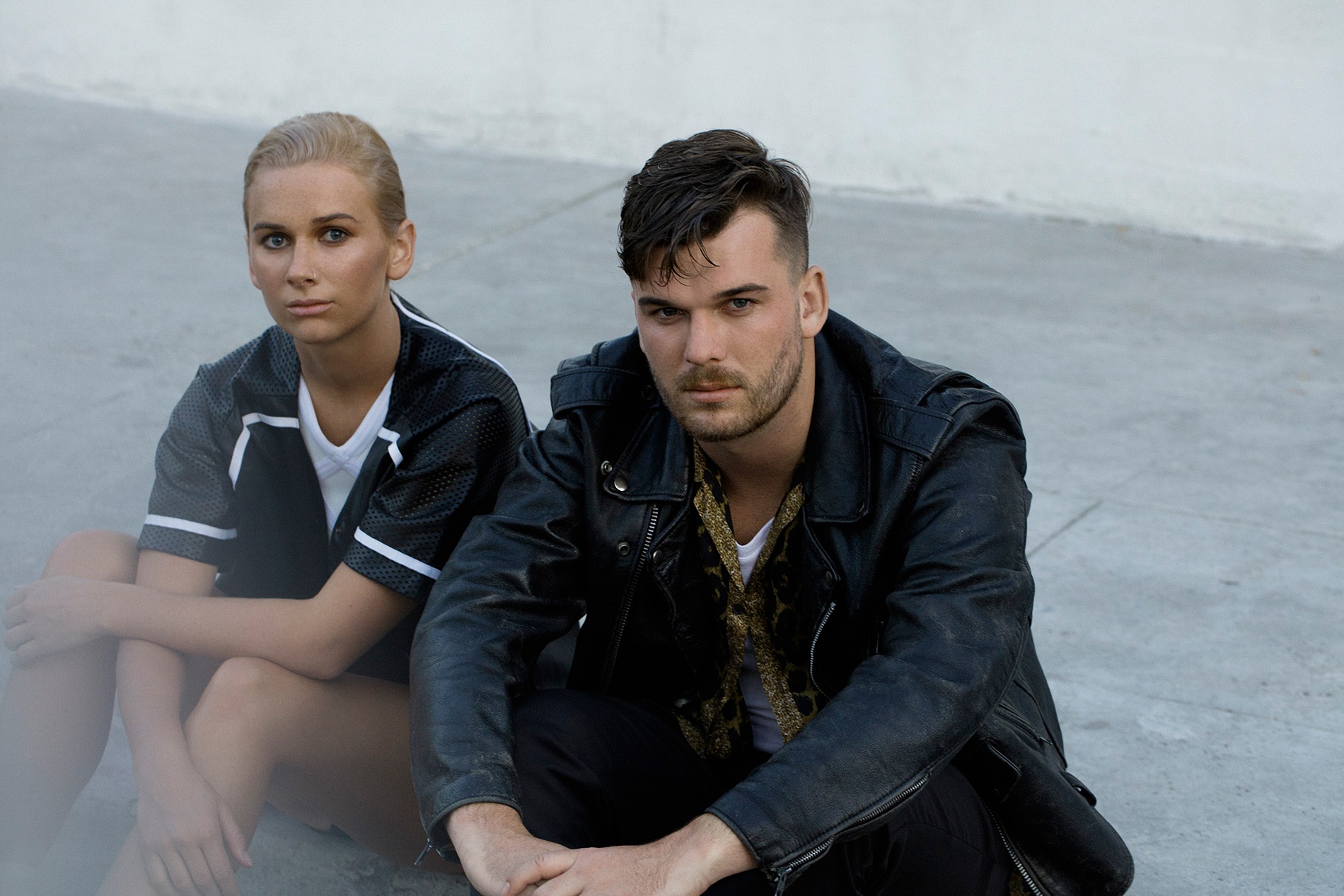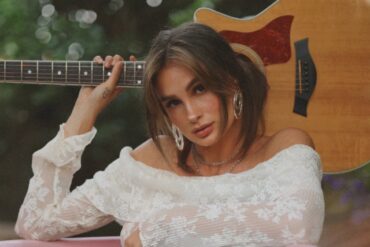On Dom La Nena’s latest release ‘Tempo,’ she pushes the limits on her instruments, resulting in one her most alluring albums, and Atwood Magazine spoke with the artist on how the process played out.
•• •• •• ••
Ever since the Brazilian-born and Paris-based artist’s 2013 debut, Dom La Nena has, without fail, created a new zenith for not only the composer but for the artist as a whole. Her delicate musings offer something unique, something only known as Saudade, a term born in Brazil that conveys the feeling of longing, melancholy, or nostalgia. This feeling is what drive’s the soundscapes of La Nena, and it’s on her latest album Tempo where this feeling is felt in its most powerful form, resulting in an album that shines in its brilliance and its control.
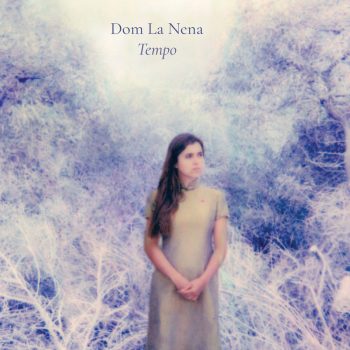
Releasing February 26, 2021, via Six Degrees Records, Tempo is an album already poised for greatness, and it doesn’t fail on delivering it. The title track is a wistful beginning, and appropriately so. Her playing of the cello is a welcomed sound, one she has crafted gorgeously. Joining the album is the touch of piano, and listeners are given a taste of what is to come. “Oiseau Sauvage,” with its plucks and dulcet vocals from La Nena, immediately envelops listeners, and one would be hard-pressed to even think of leaving its grasp. The piano coalesces with the string accompaniment with true elegance, a pairing that, although new for the artist, has been masterfully done with refinement.
“No Tengas Miedo” provides a spotlight on the intoxicating intonations of La Nena, acting as the main force behind the piece. There is a swaying quality to the track that only grows with each new note hit, and it’s not long before the body will begin moving on its own to its beat. With ”Todo Tiene Su Fin,” the beauty lies within its lightness. It’s subtle in its existence yet powerful in its nonpareil artistry. Two opposites reaching perfect harmony. “Valsa” only continues this trend, the cello leading this piece towards some of the album’s most thrilling playing.
And then “Quien Podrá Saberlo” is reached. One of the livelier pieces, there is an inexplicable charm that exists within the notes being played, making for an easy track to lose one’s self to. This is only elevated with its duet with Julieta Venegas. Both vocals play off one another in such a succinct manner that it makes listeners wonder why it hasn’t been done before. “Moreno” then takes that liveliness and creates a bustling piece with backing harmonies that, when paired with the string arrangements, results in one of the more unique sounds on the album.
Though Saudade is built around melancholy, it’s never harmful to bring the occasional sunshine, something “Doux de Rêver” delivers on to great effect. A smile is guaranteed after each listen. It might be the shortest piece, but “Esperando Alma” does well in providing a memorable melody that transitions well into “Teu Coração.” This piece might just be the album’s best. Born from the heartbeats of La Nena’s child, it’s a track brimming with emotion and magnetism. It’s a sincere showing of La Nena’s talent, further cementing her as a composer to be lauded.
“Samba Para Você” then continues the album’s penchant for delight, its steady melody a glamorous touch to an already bewitching album. The sunshine from “Doux de Rêver” is carried over into “Vejo Passar.” The buoyancy here is playful and helps in creating an amusing aroma that will ensure those same smiles from before are kept. All stories must come to a close, and “Milonga” does the album justice with its captivating onrush of instrumentation to create an ending worth celebrating.
Watch: “Quién Podrá Saberlo” – Dom La Nena
Tempo is a triumph – both in terms of its musicality and also in its approach to storytelling. La Nena has yet again proven that her composition talents are incomparable, and each piece on this album is a clear reflection of the care she has for her craft. Tempo is already one of the greats of 2021, and by not listening to it in its entirety, one would only be doing themselves a disservice.
To reach this level, however, would be quite an undertaking, so Atwood Magazine spoke with La Nena on the process behind Tempo, the roles Brazil and Paris played in its creation, and more. Get the full story in our interview!
— —

A CONVERSATION WITH DOM LA NENA
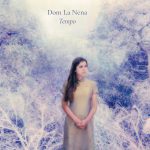
Atwood Magazine: To start, congrats on the new release! How does it feel to have Tempo out now?
La Nena: Thank you! It is always very exciting to release new music and new videos. Making an album takes such a long time, it is such an intense process. Very often people don’t realize that we can spend many months of very intense work to make an album: the writing and composing process, the recording, mixing, mastering, making the videos, photographs, all the visuals, the promotion, so many details. It’s really a lot, so when the album is finally out you feel a very big relief and at the same time a lot of adrenaline to see how people will connect with the music. If it will touch them or not. That’s what makes it exciting!
You never shy away from showcasing your love for Brazil, and what has intrigued me is your relationship with it, as it mirrors the one I have with Mexico. In the past, you’ve felt you were Brazilian without truly feeling Brazilian, something I share with Mexico. My entire family resides there, but my knowledge of that lineage and the culture is limited. It’s something I’ve grown to accept, and I believe you have had growth in that regard as well. In 2021, how would you describe your relationship with Brazil?
La Nena: Yes, I have a particular relationship with Brazil. I was born there and I spent a beautiful childhood there (I left the country when I was 8) and I have a very deep nostalgia of that dreamy childhood in a happy and beautiful country.
I feel extremely connected to Brazilian culture, customs, language, energy… It is a very intense love, but also quite contradictory: I could say it is my favorite place in the whole world, but at the same time I could never go back to live there. There was a moment (during 2012-2015) where Brazil was the country of the future. Things were going very well there; Lula was in power and there was a very positive energy in the country. At that moment, I was considering moving back to Brazil, I spent a lot of time in São Paulo, and it was quite therapeutic for me. To get reconnected with my country and culture made me feel very peaceful at that moment.
But then the political scenario went very dark again and since Dilma’s impeachment in 2016 everything just became worse and worse. So today, I am extremely concerned about Brazil. My whole family is still living there, as well as a lot of my friends, so I closely follow every political development there. We have a combination of a health crisis, a political crisis, and an economic crisis… the misery is bigger than ever. So many people don’t have clean water or food. And there is no hope in the short term, the damages caused by Bolsonaro and his team are gigantic and when we are rid of him it will take a lot of time to rebuild the country.
On that same topic, your connections with Argentina and France in addition to Brazil put you in a unique spot when it comes to style. It’s safe to say your brand of musicality is incomparable, and your mélange of styles always culminate in soundscapes that teem with emotion and heart. Since your debut into the music scene, how do you feel your sound has developed, and are there any new avenues you’re wanting to explore?
La Nena: I think my musical approach is always evolving. It is the same base; the musicality is deeply the same but with time I feel more creative freedom and uninhibited in some aspects. For example, on Tempo for the first time I included instrumental tracks, something I have never done before: Maybe because I come from classical music and I’ve worked on so many masterpieces of instrumental music as a cellist, it took me a very long time to feel “authorized” to compose instrumental music.
Also, my approach to the cello is constantly evolving. I’ve been working a lot on the sound of the instrument, to move away from its comfort zone. Over time my approach to the cello continues to develop and it’s what keeps it exciting for me.
Watch: “Todo Tiene Su Fin” – Dom La Nena
On to the record itself – it's stunning. You’ve created such grand sounds with only a select few instruments, and the result is breathtaking. Something I love is how involved the cello is, even the percussive parts coming from it. How did you approach creating this album? Were there certain sounds or elements you wanted to focus on?
La Nena: When I started working on Tempo I wanted to record an album concentrated on the cello and my vocals as much as possible. I wanted to push the limits of my instrument, to make it sound different, to take it somewhere else. I had a lot of fun looking for ways to bend, distort, or peel the sounds and I’ve learned a lot during this sound laboratory process.
Then during the recording sessions, I realized sometimes we needed some crystalline sounds, some high frequencies. It is hard to explain but sometimes when you record you feel the song “asks” you for something: an instrument, a rhythm… In that case, I felt the necessity for some piano notes, usually very high notes, a bit like stars in the sky, like… it brings some air and some space in the arrangements.
The album not only stuns with its instrumentation but also the personal elements attached. From your daughter to the notion of growing older and what it means to you, it seems this is some of your most emotive and personal work yet. Are there ever moments where you’re unsure about sharing something personal?
La Nena: I think once a song is ready it is not mine anymore. Usually, I don’t speak about specific events, it is often about feelings, sensations… and because it is universal, people get connected. Of course, there is always the doubt when we do a song if it will really touch people, and if yes, how? But this mystery and this challenge are some of the things that make it exciting.
The video for ‘’Todo Tiene Su Fin’’ is absolutely beautiful, and that beauty also is carried on the video for ‘’Oiseau Sauvage.’’ Any hints you can give about potential other tracks to get a music video treatment as well?
La Nena: We are releasing the video clip for “Quien Podrá Saberlo” very soon and I am very excited about it. We had a lot of fun shooting it in Buenos Aires with Julieta Venegas.
The song ‘’Teu Coração’’ ended up being one of my favorites with its gorgeously textured melody. The vocals, the instruments, and the rhythm were superb. What was the creation of this piece like?
La Nena: It is a song I wrote to my daughter when I was pregnant. I recorded her heartbeat and used it as the beat of the song and then the whole arrangement was made based on this rhythm. It is a song about this fascinating image to have two beating hearts inside oneself, a love (and a welcoming) song.
Watch: “Oiseau Sauvage” – Dom La Nena
You not only kept busy with Tempo, but 2020 also saw the release of Birds on a Wire’s Ramages - I believe another congratulation is in order. You not only juggle these two projects but you excel at them. What’s your strategy for balancing the two?
La Nena: I started to play with Rosemary Standley and we created Birds on a Wire in 2012, around at the same time that my first solo album was released, Ela. So, I always had both projects working together, in parallel, it was always very natural.
With Birds on a Wire, our first idea was to create a live show, a songbook with songs that have accompanied us since our childhood. The project has taken on quite a big dimension in France where we’ve done a lot of shows. In 2014, we recorded these songs and we released our first album called Birds on a Wire. It was very successful in France; we’ve sold a lot of albums and we continued touring a lot… Our repertoire has constantly evolved, and last year we released a second album called Ramages.
I think the musical approach of my solo project is very introspective and intimate, it is usually a very solitary creation process. I stay alone in my studio and I compose, I record, I do most things by myself – even if I often invite other artists to bring their universe into mine. Usually, I am within a pop and modern sound.
For Birds on a Wire, it is different, we make every decision together, it is a constant dialogue and of course it changes everything. Our approach is to highlight the songs, to keep a quite minimal aesthetic to highlight the melodies and the lyrics. The sound approach is very pure and acoustic, almost like classical music sometimes.
It is two very different ways to work and I enjoy this balance quite a bit.
Now, although this is quite a tumultuous time for the world. What excites you about the future? Any plans for what life might look like for you after Tempo?
La Nena: As I said, to release an album is a lot of work – so right now I am trying to give my best for the Tempo release and for Ramages (which we released last year but it still feels quite fresh to me. Of course, it is very difficult to not be able to have live concerts – I had more than 60 shows canceled this year and they are supposed to be rescheduled for the autumn or winter 2022. In parallel, as often I can, I continue to work on new projects, composing, working my cello, rehearsing… that’s all a musician can do right now!
— —

Connect to Dom La Nena on
Facebook, Twitter, Instagram
Discover new music on Atwood Magazine
? © Jeremiah



